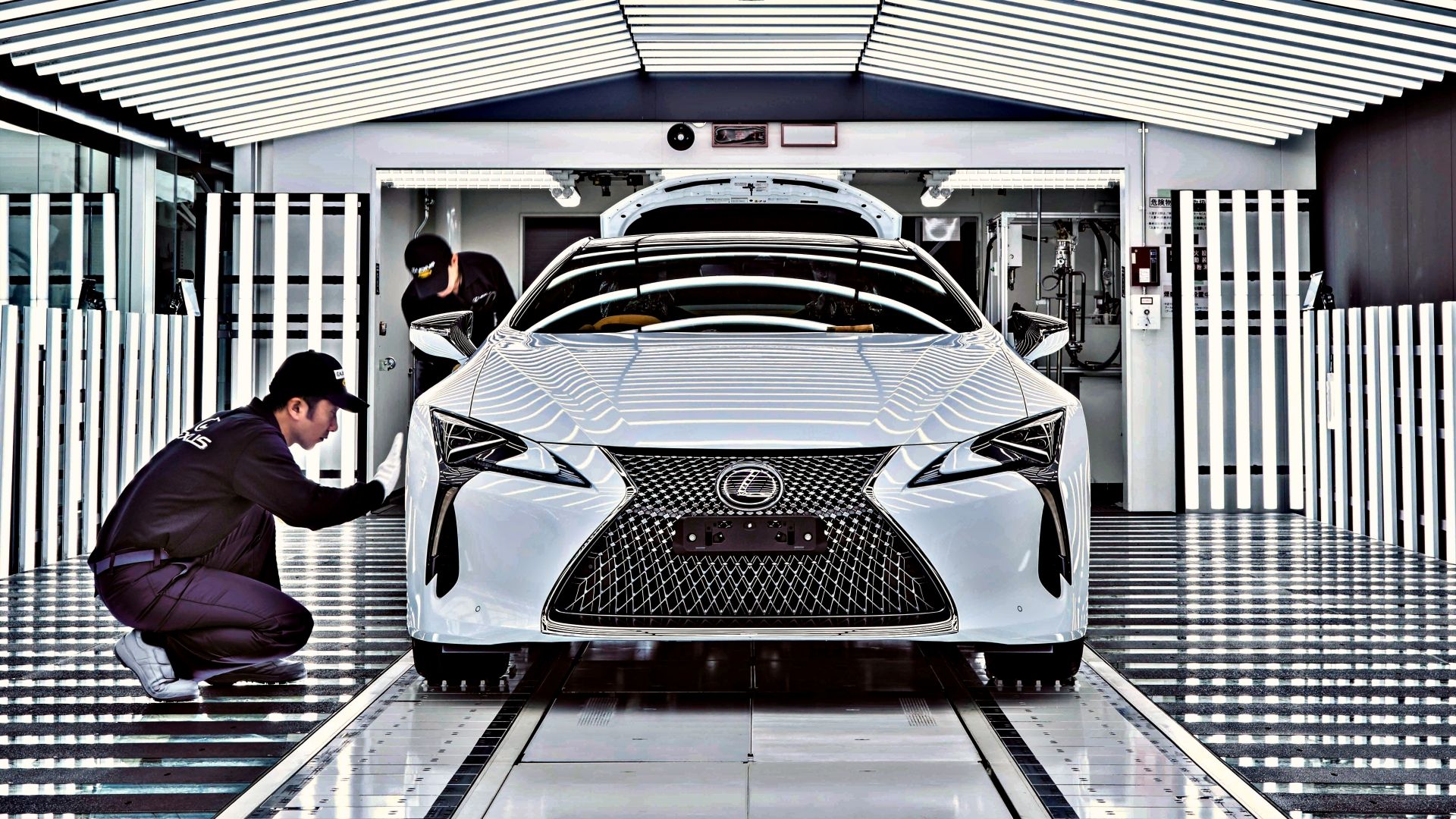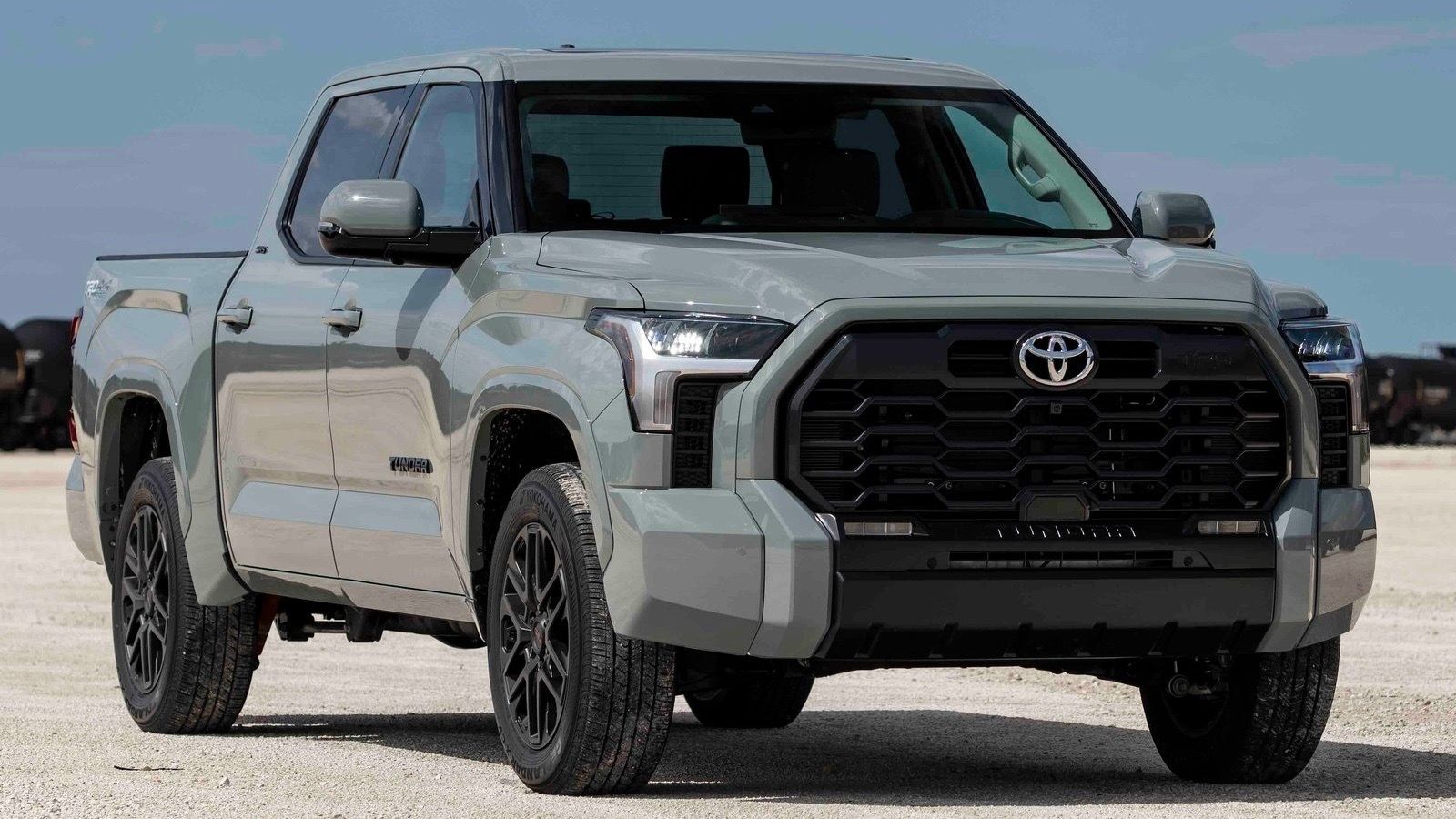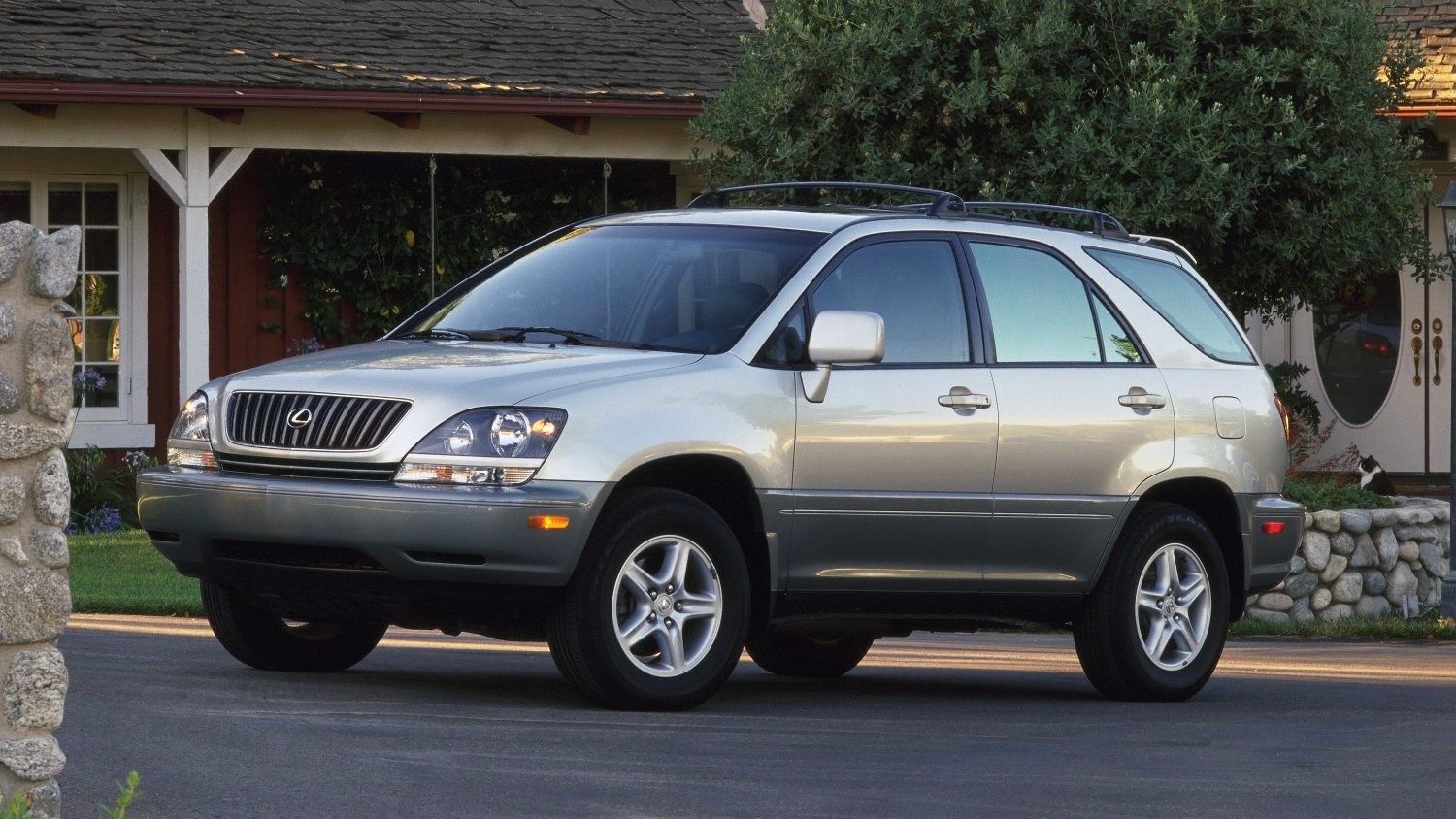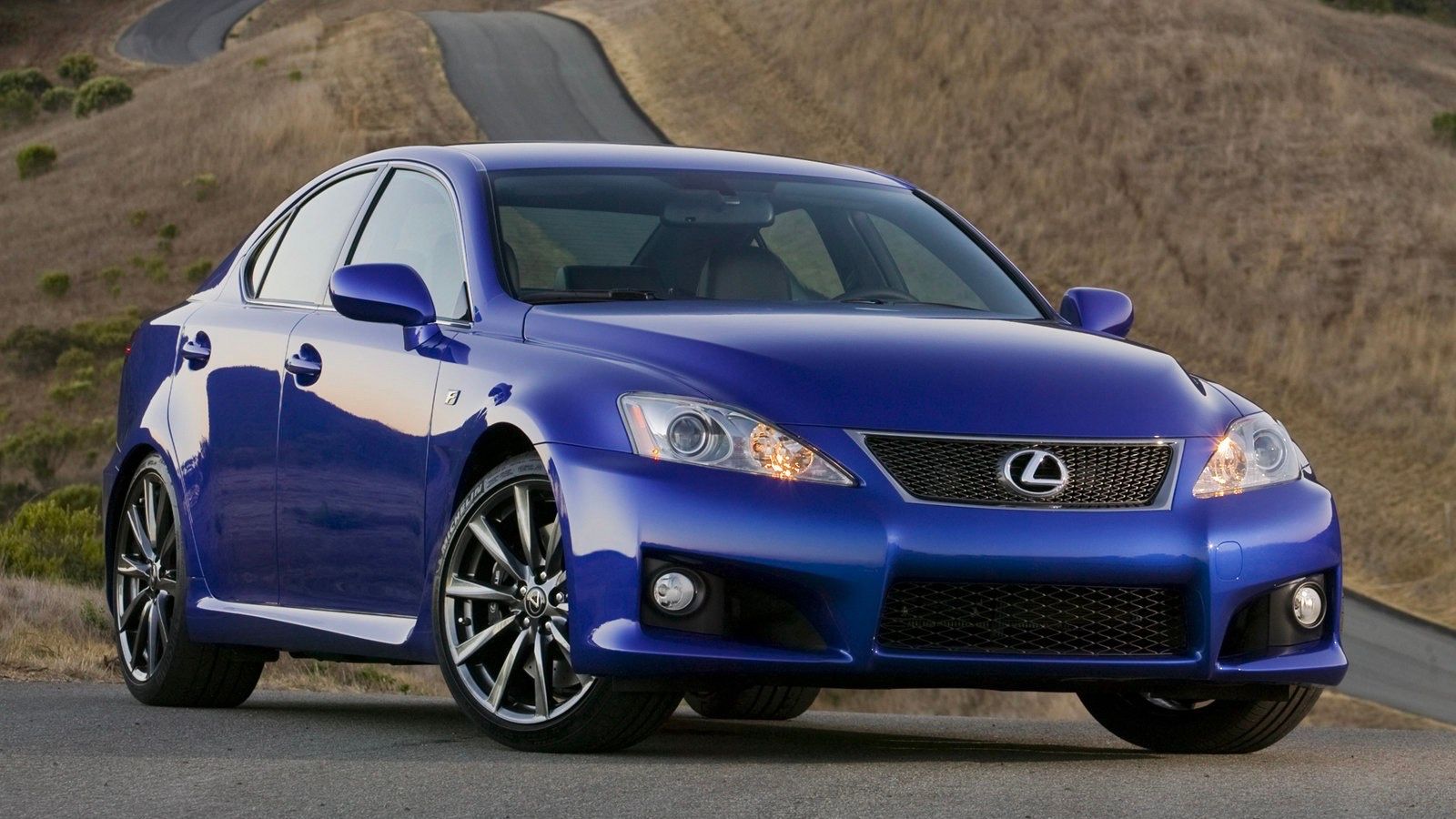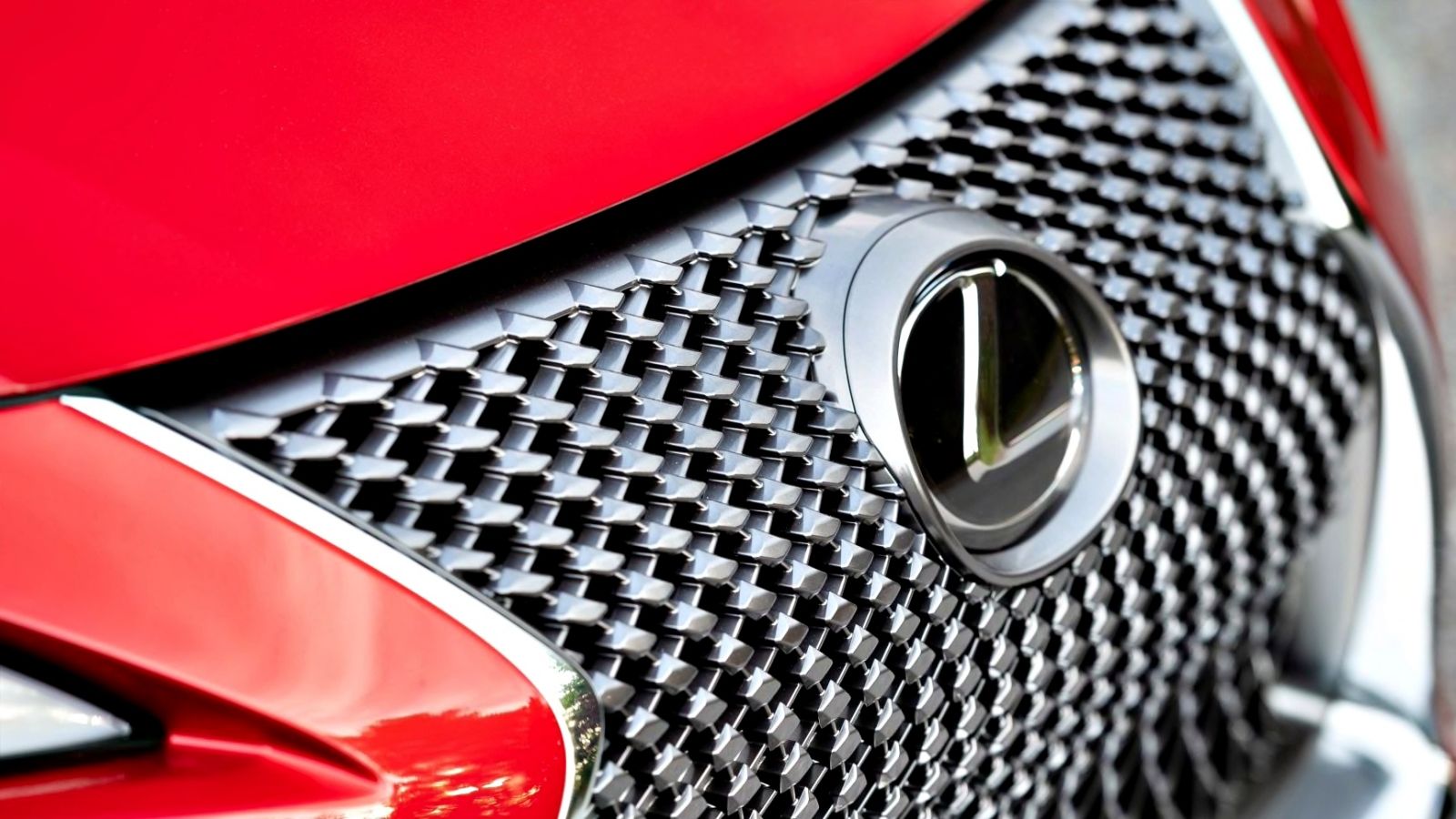Summary
- Lexus was created as a separate brand from Toyota to bring upmarket vehicles to more people, with a relentless pursuit of perfection as their goal.
- Lexus operated its own design, engineering, and manufacturing teams and facilities starting in 2005, solidifying its independence from Toyota.
- Lexus differentiates itself from Toyota through ambitious vehicle projects, industry innovations, and a unique ownership experience that combines luxury and budget-friendly maintenance.
Founded in 1989, Lexus began quite literally as a posh Toyota brand. It was meant to bring upmarket vehicles to more people under the leadership of Toyota. Starting as a passion project, led by Toyota chairman Eiji Toyoda, the original Lexus, the LS 400 was a budget-fee, time-constraint-free mission to take over the full-size luxury sedan segment.
Later Lexus models did take Toyota underpinnings and move them upmarket, but there’s more to the Lexus story than simple badge-engineering. “The Relentless Pursuit Of Perfection” was the original Lexus slogan, and that’s exactly what they set out to do. Lexus was never meant to be a posh Toyota, and the continuing story of the brand proves it isn’t. It’s unique in too many key ways.
It wasn’t until 2005 that Lexus started operating its own design, engineering, and manufacturing teams and facilities. After 2005 we can safely say Lexus was definitely without a doubt not just a posh Toyota, in any sense. To say Lexus has been and continues to be assisted by Toyota is fair, but the brand successfully broke major ties when they physically separated those three main aspects.
In the end, Lexus was a brand that was created specifically to innovate and experiment where the safe, predictable Toyota brand couldn’t. Buyers sought out Toyota for this predictability, whereas Lexus drivers wanted something unique. For Toyota and Lexus it’s in both brands’ best interest to occupy different parts of the industry so that they can both be masters in their missions.
Key Lexus Differentiators:
- Manufacturing processes are molded to what Lexus is trying to achieve
- Overall brand goals are different between the two brands
- Ambitious vehicle projects from Lexus
- Innovations throughout the industry through Lexus
- The Lexus ownership experience differs from both Toyota and all other brands.
The Flagship LS Sedan
The first Lexus LS sedan was truly a marvel of engineering. It was created to compete with the world’s greatest and passed the seemingly impossible test with flying colors. It was lighter, faster, had a lower drag coefficient, was quieter, used similarly exotic materials inside, and was less expensive than competitors.
The LS 400 championed some new proprietary interior tech as well, with its world-first airbag-equipped electronically adjusting steering wheel and a slick electro-luminescent gauge cluster. It was a no-compromise project that instantly put Lexus on the automotive map and in the eyes of the world’s most stringent consumers.
The Lexus LS 400 was a ground-up design that did a great job in its intended mission of shaking up the luxury market. There were around 300 technical innovations surrounding the original LS of varying importance that ultimately led to extremely competitive manufacturing processes allowing them to rival the world's best.
Through clever design and engineering, it allowed the new brand from Japan to compete on a global scale immediately, something Toyota has been able to pull off, but over the course of its entire existence. This is mainly because the brands have two very different goals. Lexus stands for ambitious projects, while Toyota represents small, but very solid baby steps.
The Iconic LFA Supercar
The LFA was, and still in many ways remains the Lexus flagship (they still use it in advertisements). It was a car nobody thought Lexus could pull off, and yet, after multiple revisions, we ended up with a world-class supercar that offered more drama, and an overall outrageous experience than other supercars simply couldn’t compete with.
Lexus created their own carbon fiber automatically weaving loom, one that was built specifically to manufacture carbon fiber parts just for the LFA, but one that is still in use today. It wasn’t enough to build a bespoke 4.8-liter V-10 engine, one that was lighter, smaller, and much more power-dense than even their own 5.0-liter V-8. They then teamed up with Yamaha to make sure the engine produced a signature supercar sound.
The result was one that changed the game. A special intake, exhaust, and sound runners into the cabin all worked together to make the most of the screaming 9,000 RPM redline V-10 engine, making sure that when you hear it you’ll know, it can only be an LFA, it can only be a Lexus.
That’s just the engine, never mind all the chassis, suspension, and other aero breakthroughs Lexus made during development, but it’s this type of engineering that separates a Lexus from a Toyota. Some of the learnings, and tech from the LFA have trickled down into other Lexus products, giving more drivers a little slice of greatness.
Powertrain/Tech Development
Although Toyota may be involved with the engineering of new powertrains, it is typical that we see new engines launched within the Lexus brand and trickle down to Toyota products later. This was specifically true with the twin-turbocharged V-6 that both brands now use. First seen in the Lexus LS 500 a few years back, we are now seeing versions of it in the Toyota Tundra.
The same goes with the latest round of turbocharged inline-four-cylinder engines. We saw Lexus recently launch the new GX, exclusively powered by an inline-four turbocharged powertrain. The Toyota Land Cruiser that was released shortly after followed suit and is powered by the very same powertrain. Although it’s a bit long in the tooth, the 5.0 liter V-8 that powers Lexus performance models is still very relevant today.
While it isn’t the most powerful in its class, the power play is still offering a dramatic and soulful V-8 engine whereas others have sold out and replaced them with six-cylinder and four-cylinder engines. The new Toyota Grand Highlander and Lexus TX very obviously have much in common, however, Lexus went through the effort of engineering better powertrain/drivetrain combinations for their car.
The Lexus gets rear-wheel-steer, a relatively exotic option, especially in the crossover segment. The Lexus gets interior and exterior upgrades as well. These are massive changes for cars that might start out with the same chassis.
Finding Room For Innovation
It wasn’t just materials, manufacturing, and capability that set Lexus apart. It was their, “pursuit of perfection” that led the team to innovate where possible, and eventually they went on to invent an entirely new segment. It just so happens to be the hottest segment of the last two decades, the crossover SUV. That’s right, we can blame the crossover revolution on none other than the Lexus RX 300.
The RX is still a massively popular crossover today, and just about every automaker has created its own version in an attempt to capture a piece of the ever-growing pie. These days automakers use the success of their crossovers to fund other projects and grow.
The F Performance Line
Not only did Lexus want to compete in the luxury full-size segment, but they wanted a dedicated performance sub-brand as well. With the Ms and AMGs of the world running around owning the sports car real, Lexus decided to launch their “F” models. Starting with the ISF in 2008, Lexus went toe-to-toe with Germany’s finest.
The BMW M3, Mercedes-Benz C63, and Audi RS4 all suddenly had competition from Japan. The ISF matched those performance powerhouses seemingly out of nowhere. With a mean naturally aspirated 5.0 liter V-8 under the hood, Lexus came to play ball with the best in the industry. A version of that engine still exists in some Lexus products, a rarity in today’s turbocharged four-cylinder-laden landscape.
The Lexus Ownership Experience
Often, Lexus dealerships are meticulously chosen, curated, and maintained, giving drivers an elevated shopping experience not unlike that of a top-tier brand. With an elevated dealership experience, combined with the upscale interior/exterior design Lexus models tend to exhibit, one might think maintaining such a vehicle would be expensive, however, it isn’t.
Lexus' models are often as reliable as Toyotas, requiring less maintenance than other, more exotic foreign makes. The maintenance itself often costs less as well giving drivers the satisfaction of having the best of both worlds; a luxury vehicle, with economy vehicle maintenance pricing. Lexus so expertly splits the difference between a luxury experience and a relatively budget cost.

